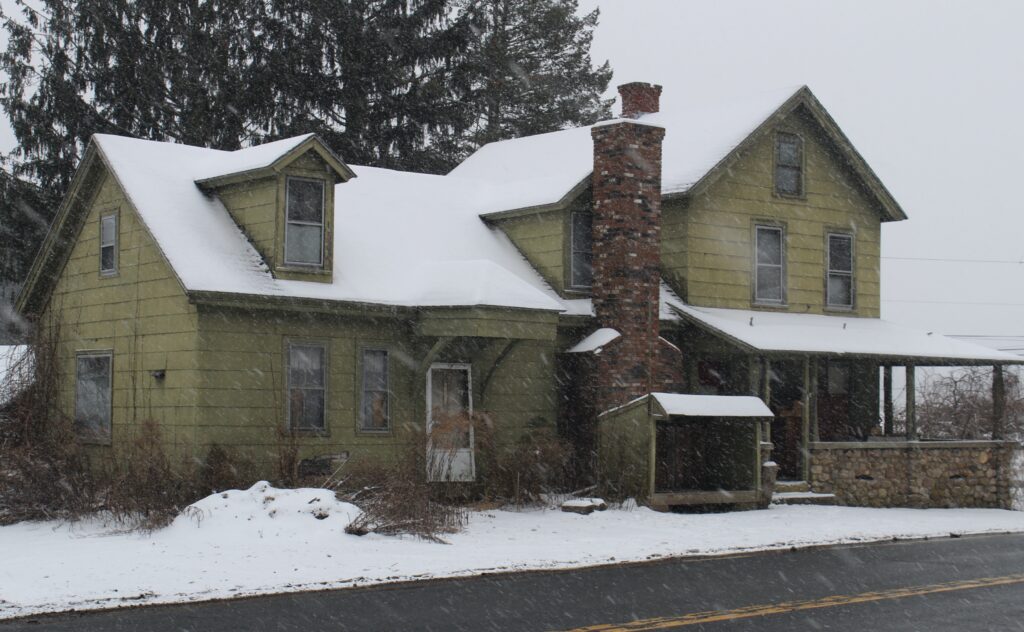Ham Primus House in Guilford

The Historic Ham Primus House – #3431 Durham Road, North Guilford, CT
Nestled along Durham Road in North Guilford, Connecticut, the Ham Primus House is a remarkable piece of African American history. Dating back to 1816, this modest home tells the story of Ham Primus (1787–1867), a freed Black man who built a life for himself and his family in early 19th-century New England.
A Legacy of Freedom & Resilience
Ham Primus was born into slavery but gained his freedom at 21. Like many young men of his time, he took to the sea before settling in North Guilford with his wife, Temperance Lydia Asher, the daughter of Revolutionary War veteran Gad Asher, who had also been enslaved. The couple raised a family in this rural community, working hard to establish themselves despite the challenges faced by free Black citizens of the era.
A House with a Story to Tell
The Ham Primus House was built around 1816, according to historic timber analysis. Though legal records suggest Ham did not own the land outright, it was common at the time for freed African Americans to be granted housing by former slave owners or local benefactors. The home became a foundation for the Primus family’s success, with Ham’s descendants going on to become respected figures in Hartford, including educator Rebecca Primus Thomas and artist Nelson Primus.
Ties to the Underground Railroad?
Given its location at a major crossroads in early Guilford, historians speculate that the Ham Primus House may have played a role in the Underground Railroad. Nearby community leaders, including Rev. Zolva Whitmore, were known abolitionists, adding to the intrigue surrounding this historic site.
Preserving the Past
The Town of Guilford purchased the property in 2023, leading to renewed interest in its history. Despite modern alterations, the home’s original hand-hewn timber frame and period architectural details remain intact. Efforts are underway to preserve the Ham Primus House as a symbol of Black history, resilience, and community support in early America.
This site is open to the public.
